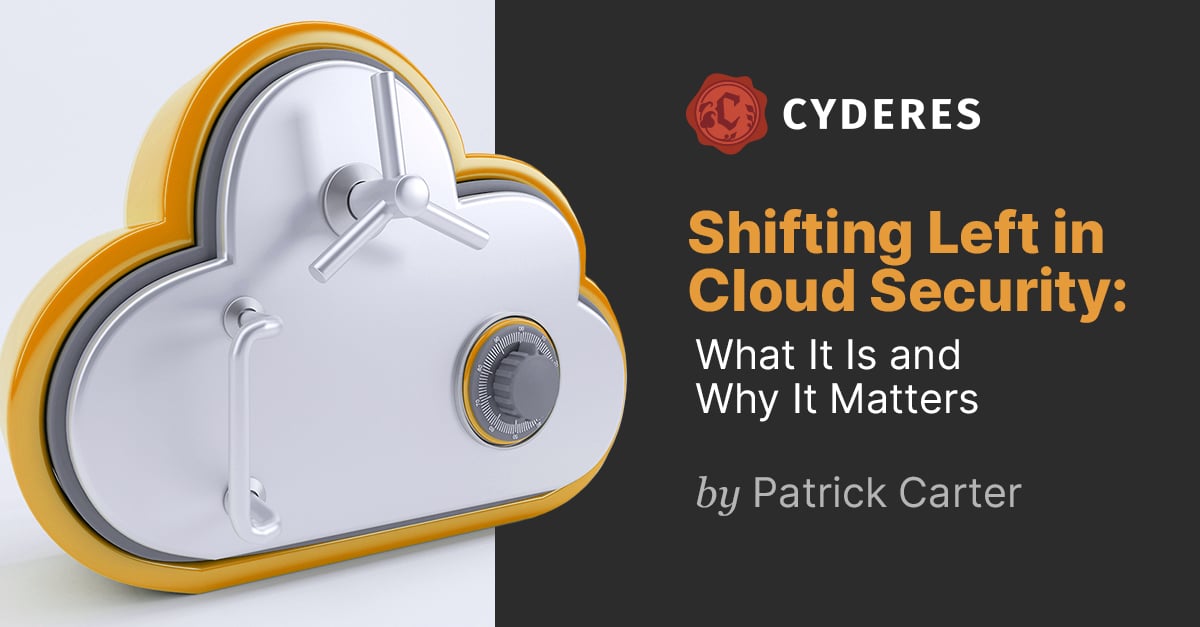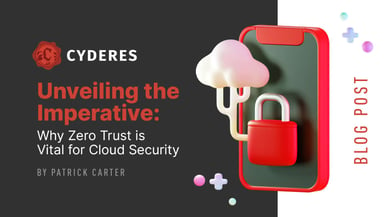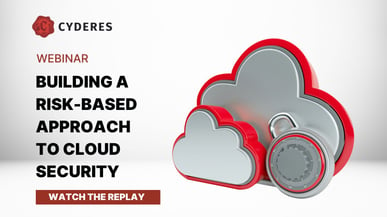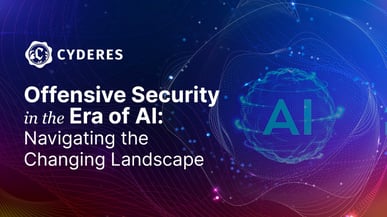Article contributed by Patrick Carter , Practice Director for Cloud Security at Cyderes
By 2025, 85% of businesses will consider themselves to be cloud-first, according to Gartner. But as organizations migrate more and more of their applications and workloads to the cloud, security has emerged as a critical concern.
Cloud security risks include data breaches, cyberattacks and compliance violations. To mitigate these risks, many organizations are adopting what is known as a ‘shift-left’ approach to cloud security.
Shift left is a software industry practice that encourages detecting and preventing defects or vulnerabilities earlier in the development process than was typical in the past. In the context of cloud security, shifting left means integrating security during the initial plan-design and develop-build phases of the software development lifecycle (SDLC) rather than during the test-deploy-release-monitor phases.
Traditionally, security has been an afterthought in the SDLC, with security controls added at the end of the development process. This approach is inefficient and ineffective because it can result in delays and higher costs – and it may not catch all security issues.
In contrast, shift left for cloud security involves integrating security into each phase of the SDLC. This approach reduces the likelihood of security issues emerging in production and accelerates time to market.
Here are some of the immediate benefits of shift left for cloud security:
- Early Eradication of Vulnerabilities: By integrating security into the early stages of the SDLC, developers can identify and address vulnerabilities before they become more difficult and expensive to fix.
- Improved Collaboration: Shift left encourages early dialogue between security and development teams, improving communications and alignment around security objectives.
- Enhanced Security Posture: By addressing security issues earlier in the SDLC, organizations can reduce the risk of data breaches, cyberattacks and compliance violations.
- Reduced Costs: Addressing security issues early in the development process is typically less expensive than addressing them later in production.
To implement shift left for cloud security, organizations should adopt the following best practices:
- Embed Security: Ensure that security is an integral part of the planning, design, development, testing and deployment phases of the SDLC.
- Use Automation: Implement security automation tools to enable early detection and elimination of vulnerabilities.
- Establish Standards: Develop security standards and best practices that are integrated into the SDLC.
- Foster Collaboration: Encourage collaboration between security and development teams and provide training and education on cloud security best practices.
Shift left for cloud security is a critical ingredient in enabling organizations to address security risks much earlier in the development process than they currently do. By integrating security into each phase of the SDLC, organizations can improve their overall security posture, reduce costs and accelerate time to market.
As the cloud continues to play a dominant role in digital transformation, shifting left will become an essential security best practice for the 85% of organizations that aspire to cloud-first status.
Patrick Carter is Practice Director for Cloud Security at Cyderes. He has 15-plus years of industry experience across security architecture, cloud security, security program management and strategic consulting.
Take the first step in transforming your cloud security program
Learn from our discussion on cloud security, governance, data protection and more with Patrick Carter and other cybersecurity experts who will provide valuable insights and practical tips to help you build a risk-based approach to securing your cloud environment.
Schedule a time to connect with our team of leading experts for an assessment of your cloud security architecture.
For more cybersecurity tips, follow Cyderes on LinkedIn and Twitter.



